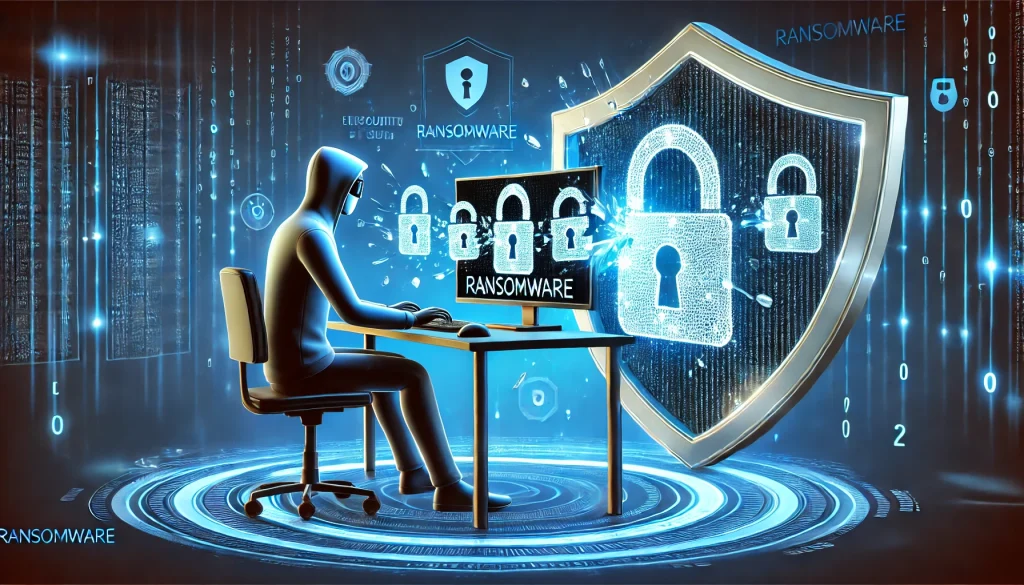
Crypto ransomware has become a significant threat in the world of cryptocurrency, with cybercriminals locking away sensitive data and demanding large sums in crypto payments. For businesses and individuals alike, falling victim to a ransomware attack can be devastating. Fortunately, there are actionable steps you can take to recover from such attacks and safeguard your data.
This guide aims to help you through the process of recovering from a crypto ransomware attack. From understanding the importance of timely action to employing the right recovery strategies, we will walk you through the key steps required to get your data back and prevent future attacks.
Materials or Tools Needed
Before starting the recovery process, ensure you have the following materials and tools ready:
- Backup System: A reliable backup of your data stored in an isolated environment.
- Security Software: Advanced protection tools like Acronis for malware detection.
- Incident Response Plan: A pre-designed plan for handling cybersecurity breaches.
- IT Support Team: If available, have IT professionals assist in the recovery process.
- Decryption Tools: If applicable, official tools provided by cybersecurity firms or government agencies.
Step-by-Step Guide

Step 1: Isolate the Infected Systems
When a ransomware attack occurs, the first crucial step is to immediately isolate the infected systems from your network. Therefore, you should disconnect the affected devices from all internet and network connections as quickly as possible to prevent the ransomware from spreading further. Additionally, ensure that other systems in your environment are thoroughly checked for any possible infections to minimize the risk of additional damage.
Step 2: Assess the Extent of the Damage
Before proceeding with recovery, you need to understand how much data has been compromised. Determine which files are encrypted, and check if your backup systems have been affected. If you have backups stored offline or in the cloud, you’re in a better position to restore your data.
Step 3: Remove the Ransomware
Once the system has been isolated and the extent of the damage thoroughly assessed, anti-malware software should be used immediately to remove the ransomware from the system. Additionally, tools like *Acronis* or specialized ransomware removal solutions can be employed to effectively clean the system, ensuring that no further damage is done to the files in the process. Furthermore, it’s important to carefully follow the tool’s instructions to avoid potential missteps.
Step 4: Restore Your Data from Backup
If you have a reliable and clean backup, this is the time to use it. Restore your systems using the most recent, unaffected backup. It’s essential to ensure that the backup is isolated from any network connection to prevent reinfection.
Step 5: Use Decryption Tools if Available
In cases where backups are not available, look for decryption tools released by cybersecurity experts for specific ransomware types. Tools for ransomware variants like LockBit are sometimes provided by security organizations or the developers who manage such cyber incidents. Always ensure these tools are legitimate before using them.
Step 6: Strengthen Your Security Post-Recovery
After recovery, take the time to review your security policies. Implement stronger access controls, install updated firewalls, and educate your staff on the importance of cybersecurity. Investing in advanced malware detection and backup solutions like Acronis can prevent future attacks.
Do’s and Don’ts

Do’s:
- Maintain regular backups: Always keep multiple copies of your data in isolated and secure environments. This practice minimizes data loss in case of an attack.
- Consult professionals: In severe cases, it’s wise to work with cybersecurity experts who specialize in ransomware recovery and prevention.
- Update your software regularly: Ensure all your software, including antivirus programs, is updated to protect against the latest ransomware strains.
- Enable multi-factor authentication (MFA): This adds an extra layer of security to your critical accounts, making it harder for attackers to gain unauthorized access.
Don’ts:
- Don’t pay the ransom: While it may seem like the quickest way out, paying the ransom often encourages more attacks and doesn’t guarantee data recovery.
- Don’t rush the recovery process: Hastily restoring infected systems can spread the ransomware further. Take time to properly isolate and remove the ransomware before restoring files.
- Don’t ignore small incidents: Even a minor ransomware attack can signal larger vulnerabilities in your network. Always conduct thorough investigations after every breach.
- Don’t connect infected systems to clean networks: Avoid reconnecting compromised devices to your infrastructure until you fully remove the ransomware..
Conclusion
Recovering from a crypto ransomware attack may seem overwhelming at first, but with the right approach, you can successfully regain your data and restore normal operations. By taking steps such as isolating infected systems, restoring clean backups, and strengthening your security measures, following a well-structured recovery plan is essential for minimizing damage and safeguarding against future attacks. Always stay vigilant and make use of the available tools and expert advice to keep your systems secure.
FAQ
How can I prevent ransomware attacks in the future?
To prevent future attacks, maintain updated security software, implement strong password policies, and ensure regular data backups are kept in isolated locations.
Can I recover data without paying the ransom?
Yes, in many cases, you can recover data using backups or by employing decryption tools. Paying the ransom is discouraged as it doesn’t guarantee recovery.
What should I do if I don’t have a backup of my data?
If you lack a backup, explore decryption tools or consult with ransomware recovery specialists. They may be able to help recover data without paying the ransom.
Resources
Cloudian. Ransomware Data Recovery: 5 Ways to Save Your Data.
Cyber.gc.ca. Ransomware: How to Prevent and Recover.
Zerto. Ransomware Recovery Guide.
Expert Insights. How to Recover from a Ransomware Attack.
Backblaze. Complete Guide to Ransomware.
